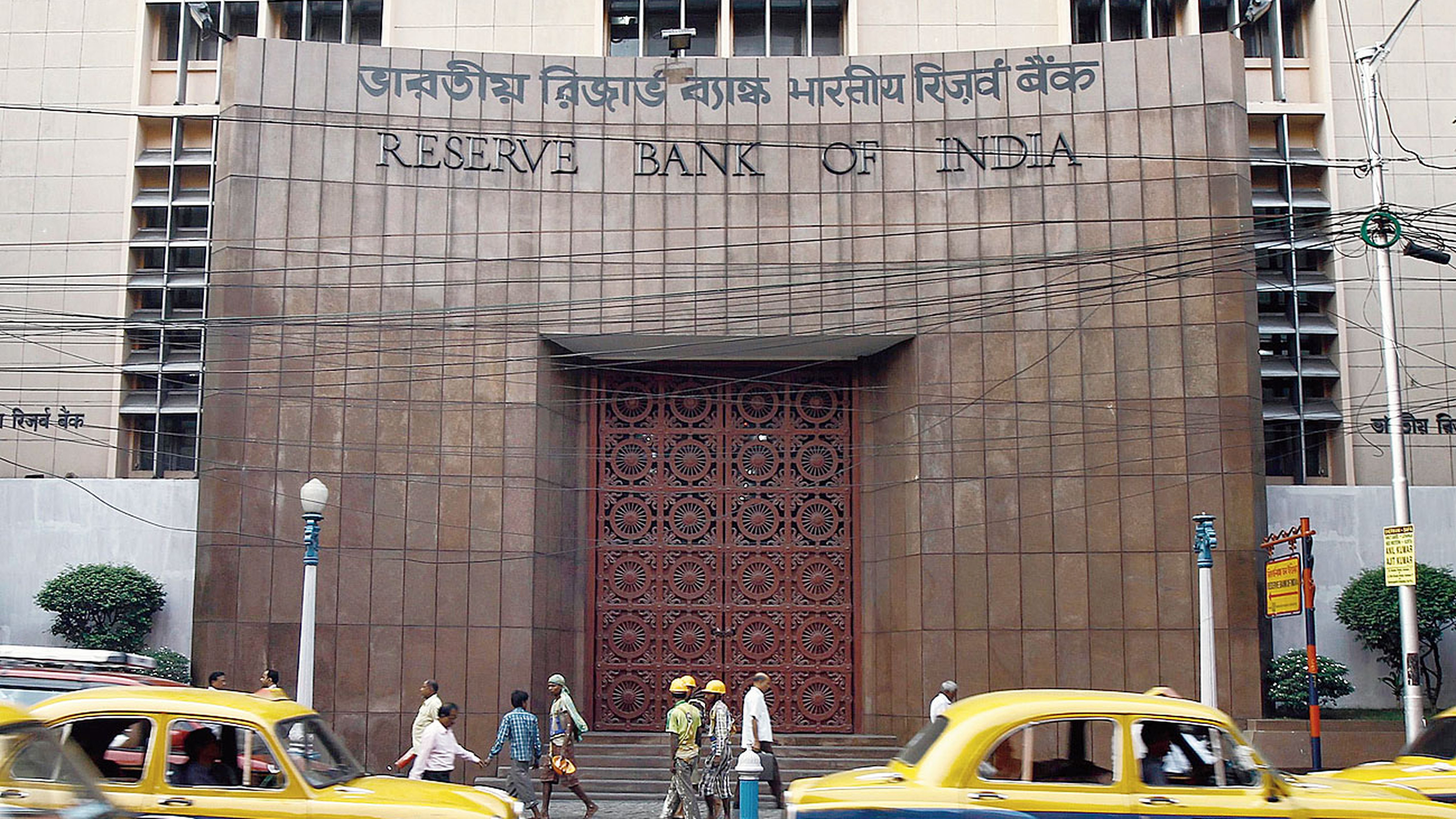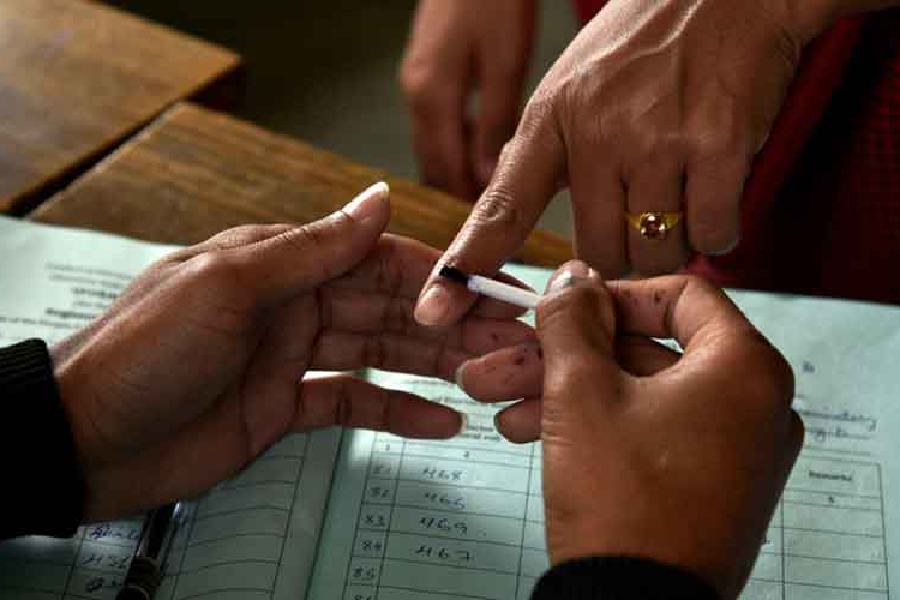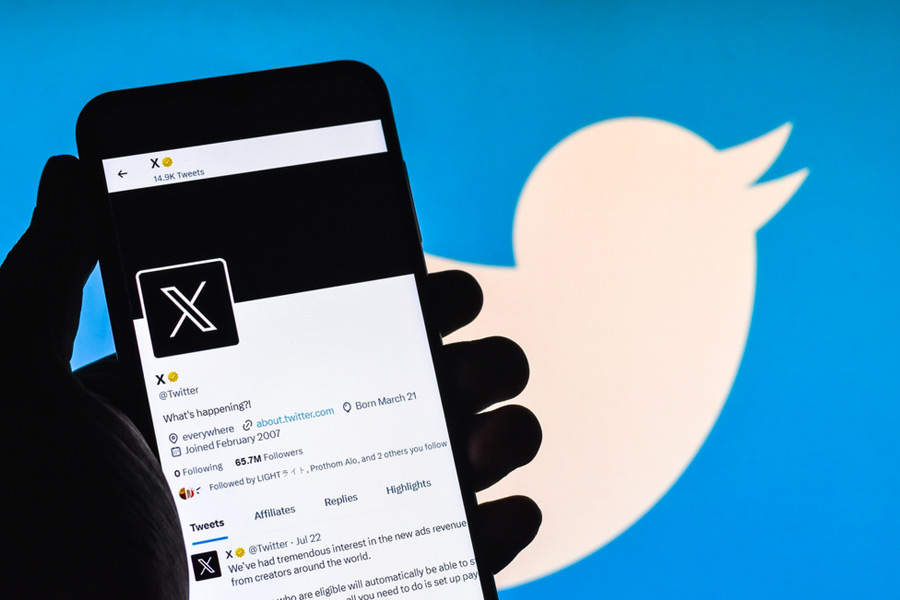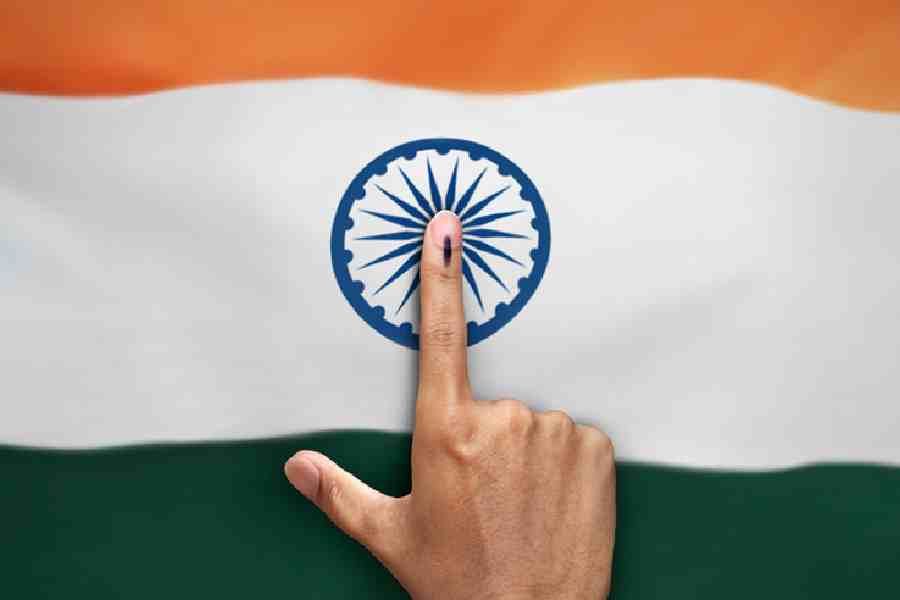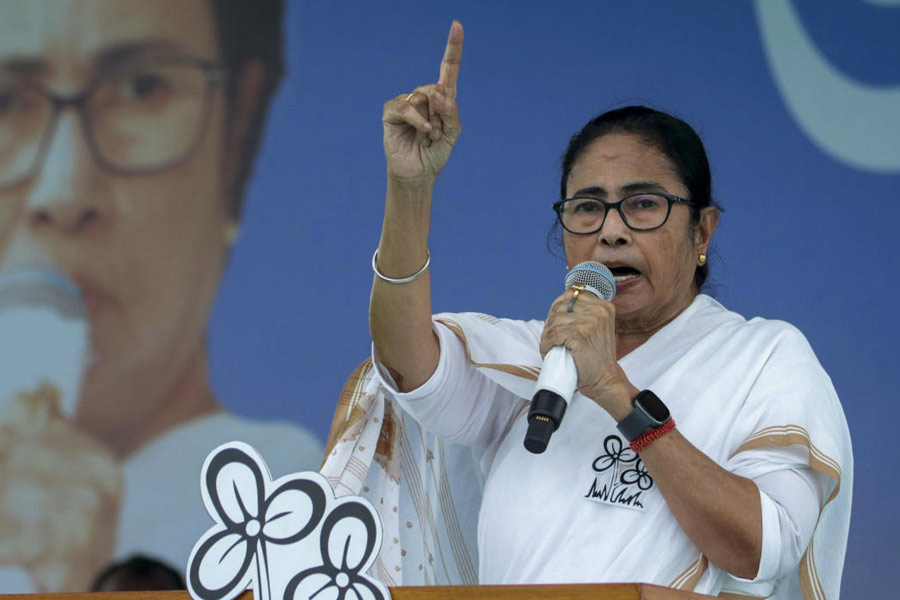The government has been compelling banks to adopt a softer lending policy to promote self-employment. The Pradhan Mantri Mudra Yojana, launched in 2015, provides collateral-free loans to small entrepreneurs outside the farming sector in three categories: Rs 50,000 loan in the ‘Shishu’, Rs 5,00,000 in the ‘Kishore’ and Rs 10,00,000 in the ‘Tarun’ segments respectively. Most individual entrepreneurs in the non-corporate small business sector do not maintain proper books of accounts and, as a result, suffer from a dearth of capital. Before the PMMY, non-farm, collateral-free loans were not common. The scheme has been widely publicized given the upcoming general elections. In fact, the performance of the PMMY has been impressive: in 2017-18, Rs 2.46 trillion was lent, 40 per cent of which was obtained by women entrepreneurs and 33 per cent by ‘social categories’.
There is reason to be worried though. The Reserve Bank of India recently flagged Rs 110 billion worth of non-performing assets under the scheme. But since the PMMY proposes to resolve unemployment among the youth, it could escape public criticism. Moreover, NPAs are not a new issue for Indian banks. Presently, any payment towards a bank loan outstanding beyond 90 days creates an NPA of the same sum. As per the stringent new insolvency and bankruptcy code banks now have 180 days to sort out a non-payment against bank loan and regularize payment without initiating proceedings against defaulters. After that, proceedings have to be started within 15 days. The strict norms do not provide breathing space to new businesses supported mostly by bank loans.
A number of schemes have been launched to prove the intention of fulfilling the promise to create over 10 million new jobs every year. Make in India, Pradhan Mantri Kaushal Vikas Yojana, Prime Minister Employment Generation Programme and so on have been announced one after another. The policies to generate employment are focused exclusively on self-employment, skill development and incentivizing employers to facilitate employment generation. In February, the prime minister claimed that 12 million jobs were created each year in the formal sector alone in the past four years. But a January 2019 report by the Centre for Monitoring Indian Economy revealed that as many as 11 million people have lost their jobs just in 2018 and that the unemployment rate shot up to 7.4 per cent in December 2018, the highest in 15 months.
On the other hand, ordinary bank depositors are fed up with a variety of additional charges. Besides a recently introduced charge for SMS alerts, fine for non-maintenance of minimum account balance in savings accounts was reintroduced by public sector banks in April 2015. Since then, these banks have reportedly collected Rs 62.47 billion till September 2018 just as fine for failure to maintain minimum balance. Banks are desperate to show their performance as better than it is. They are thus coming down hard on ordinary depositors with various penal charges to offset the NPAs. Public sector banks continue to run at a loss, showing an aggregate net loss of Rs 166.15, Rs 147.16 and Rs 116.05 billion respectively in the first three quarters of 2018-19.
More self-employment will require more bank loans, preferably collateral-free, which will generate more NPAs. In the last fiscal year, banks lagged far behind their lending target under the PMMY till February 22, disbursing loans worth Rs 2,026.69 billion against a target of Rs 3,000 billion for the whole year. Given the amount of NPAs of public sector banks under the PMMY flagged by the RBI, Rs 482.39 billion was infused into 12 of them in February 2019 to enhance their lending ability while maintaining the regulatory capital requirement. The aim of the government, no doubt, was to force the banks to reach the target set for the PMMY in the last fiscal year ahead of the crucial general elections. Unsurprisingly, in just one month, till March 22, lenders disbursed PMMY loans worth as much as Rs 710.8 billion or close to a quarter of their year’s target. They may have even met the target by March 31 when the fiscal year ended. All that remains to be done is using this fact to paint a positive picture before the polls.

